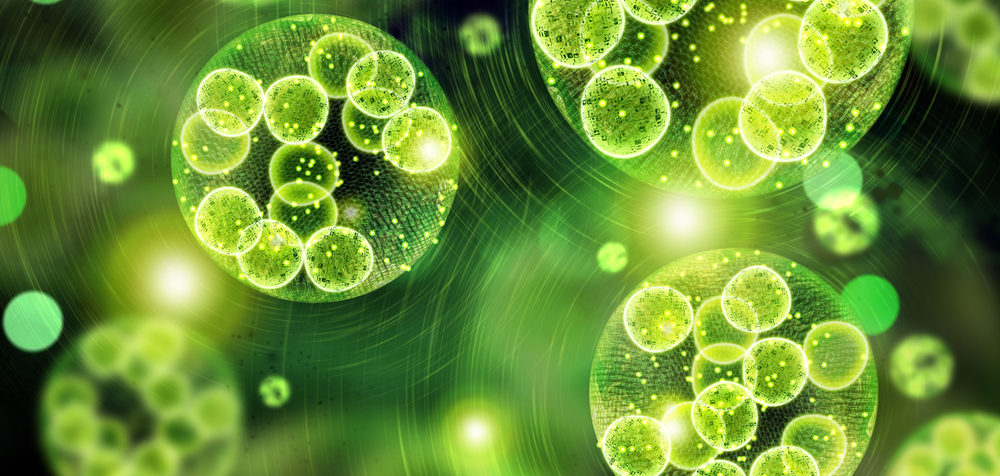
For the first time, scientists from the Israel Institute of Technology (Technion) have been able to use a plant to create a living “bio-solar cell” that runs on photosynthesis. The researchers expect that their method could enable the development of future sustainable, multifunctional green energy technologies.
The system harnesses the natural transport of electrons within plant cells in order to generate electricity. During photosynthesis, light drives a flow of electrons from water that ultimately results in the generation of oxygen and sugar. This flow of electrons can be pulled away as a “photocurrent” and used to power an external circuit, just like a solar cell. While previous research created fuel cells using bacteria that required constant feeding, this new approach is simply light-driven.
In this study, a living solar cell was created using the succulent Corpuscularia lehmannii, also called the “ice plant.” They inserted an iron anode and platinum cathode into one of the plant’s leaves and found that its voltage was 0.28V. When connected into a circuit, it produced up to 20 µA/cm2 of photocurrent density, when exposed to light and could continue producing current for over a day. These numbers are less than that of a traditional alkaline battery, but they are representative of just a single leaf. Previous studies on similar organic devices suggest that connecting multiple leaves in series could increase the voltage.
The team specifically designed the living solar cell so that protons within the internal leaf solution could be combined to form hydrogen gas at the cathode. This hydrogen could then be collected and used in other applications.
